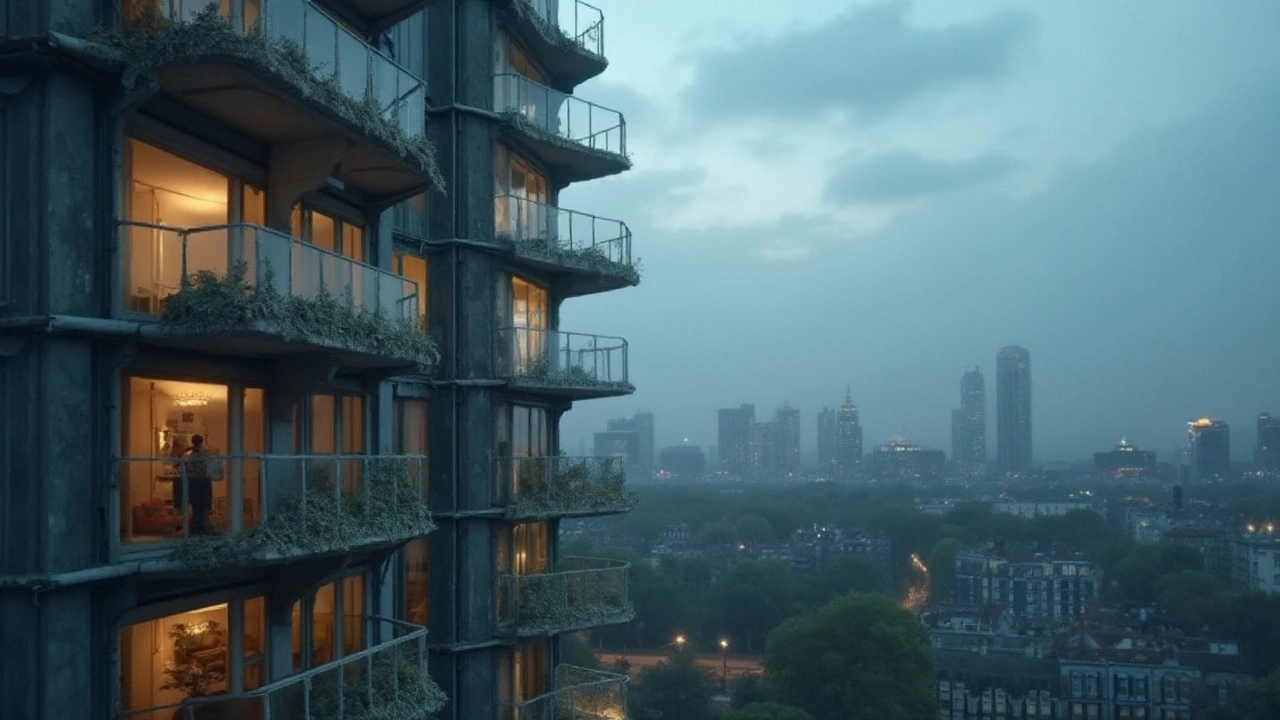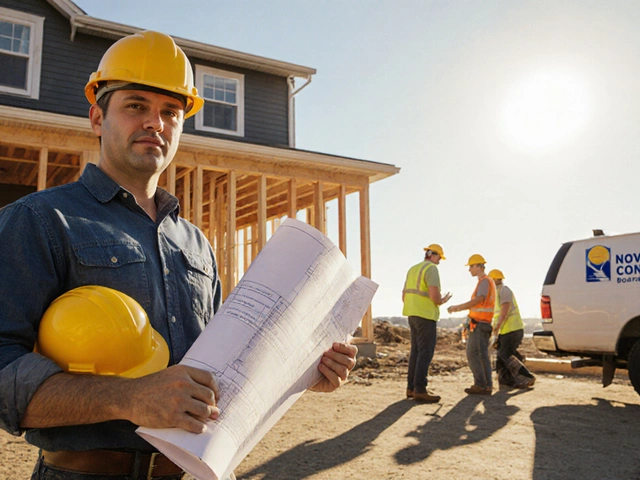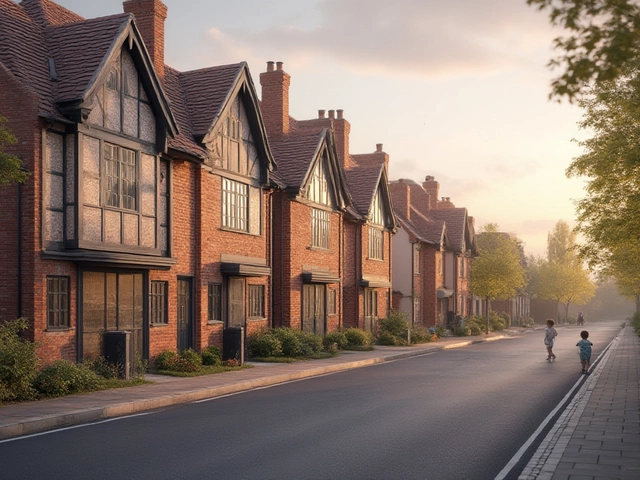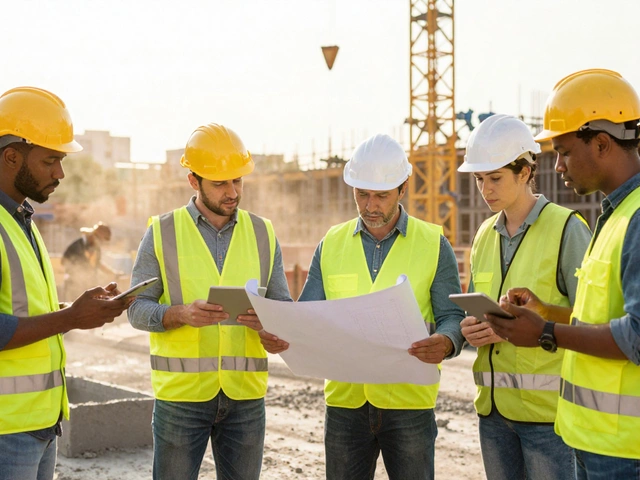Health Risks in Construction: What Homeowners Need to Know
When you start a new build or a big renovation, you probably think about budget, design, and timelines. The health side of things often gets pushed to the back of the list, but it can be just as critical. Dust, mold, and even a shaky foundation can turn a dream home into a health nightmare. Below we break down the biggest risks and give you practical tips to keep your family safe.
Dust and Airborne Particles
Construction work throws a lot of dust into the air. Silica, wood fibers, and concrete particles can irritate lungs and worsen asthma. The problem isn’t just the visible dust; microscopic particles stay suspended for hours and travel throughout your house. To cut the risk, seal off work zones with plastic sheeting, use a HEPA‑rated vacuum, and keep windows closed while the crew is on site. A simple wet‑cut method—spraying water on concrete or stone before cutting—reduces dust by up to 80%.
Mold and Hidden Moisture
New builds love to hide moisture. Poor ventilation, unsealed walls, or rushed plaster work can trap dampness, creating a perfect breeding ground for mold. Mold spores don’t just smell bad; they can trigger allergies, headaches, and even long‑term lung issues. The easiest way to stop mold before it starts is to insist on a thorough waterproofing plan: proper drainage, vapor barriers under slabs, and breathable insulation. After the build, keep humidity below 60% with dehumidifiers in basements and bathrooms.
It’s also worth checking the contractor’s reputation for moisture control. A quick ask about their approach to damp‑proofing can reveal whether they take it seriously or just slap on a paint job.
Foundation Stability and Safety
A foundation that’s moving or cracking isn’t just an expensive repair headache; it can affect indoor air quality too. Gaps let in soil gases, radon, and pests. Over time, structural movement can damage walls, windows, and even cause ceilings to sag, creating hidden hazards for occupants. If you notice new cracks, uneven floors, or doors that stick, call a structural engineer right away. Early assessment can save money and keep the indoor environment safe.
When choosing a quarry supplier for limestone or other aggregates, ask about material testing. High‑quality stone reduces the chance of settlement and minimizes the need for future repairs that could expose your home to dust and moisture.
Practical Steps for Homeowners
- Insist on sealed work zones and proper ventilation during construction.
- Use a moisture meter after work is done to verify walls and floors are dry.
- Schedule a post‑construction air quality test if you’re concerned about dust or mold.
- Keep a record of all warranties and material certifications from the quarry and builder.
- Invest in a good quality air purifier with a HEPA filter for the first few months after the project.
Health risks don’t have to be a surprise. By staying involved, asking the right questions, and following a few simple safeguards, you can enjoy a new build or remodel without compromising your family’s well‑being.
Understanding Mold-Related Health Risks in New Buildings

This article explores the potential health risks associated with mold exposure in new building constructions. It delves into how mold can develop even in newly built structures, the common health symptoms that can arise, and the measures you can take to protect yourself. We provide a practical guide on prevention and detection methods to ensure that new buildings remain safe and healthy environments.
read more



